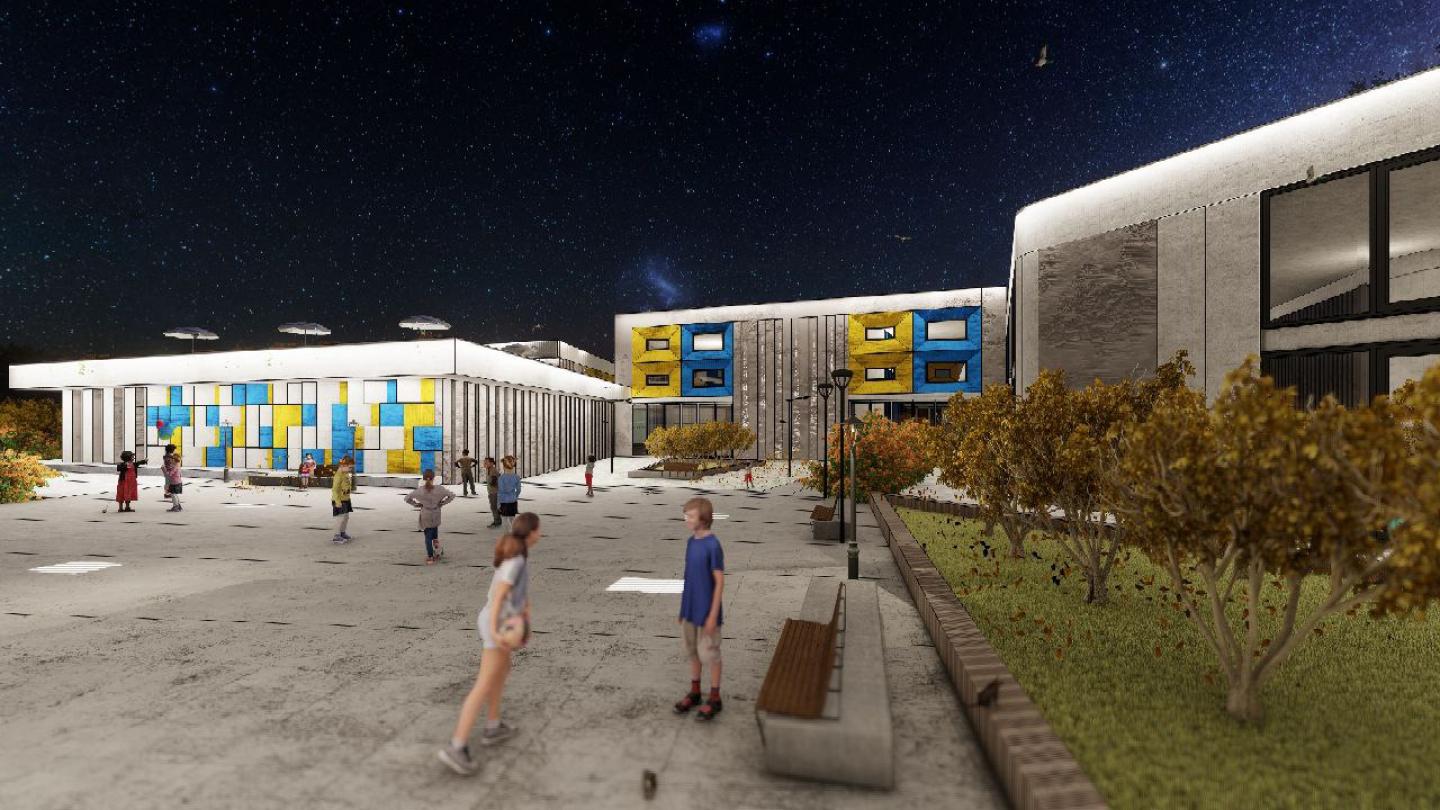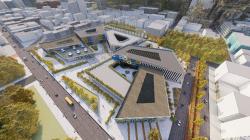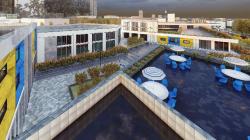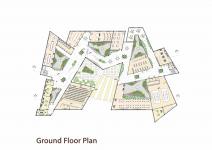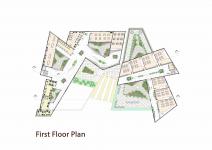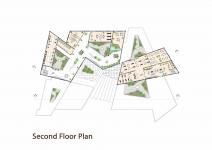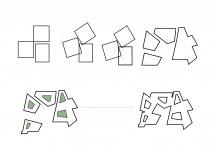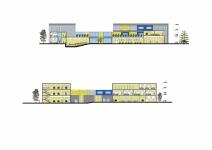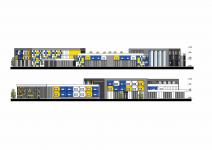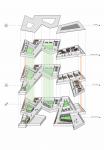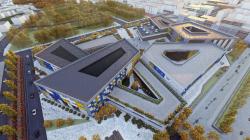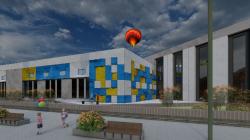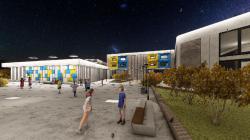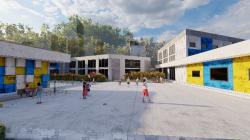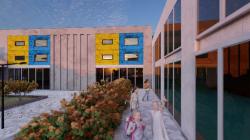School is a social institution that can convey worldview to the child. Schools generally consist of 5 components: students, teachers, administrative staff, educational program and physical environment.
Architects play a fundamental role in the design of the physical environment and can respond to the needs of users with appropriate design.
One of the human needs is close interaction with the surrounding nature, and the lack of sufficient communication with nature has led to an increase in mental and emotional illnesses.
In response to this, an approach called biophilic architecture is proposed, which leads to the improvement of the quality of the educational space.
Biophilic architecture is influenced by direct experience with nature (sunlight, sight and landscape, animals or plants, fire, water and natural materials) and indirect experience with nature (photos and paintings of nature, color, artificial lighting, simulation of nature and music Is.)
These indicators have been used in the mentioned project with various solutions and the users understand the space through the five senses.
Surrounding the form by the surrounding nature, the use of glass walls throughout, in addition to maximum human senses by the surrounding nature, has caused light to penetrate inside and provide a green and lively landscape for students. Plants are widely present inside and outside the project.
In this project, the form has been removed from the concentrated and rigid state and by creating full and empty spaces, in addition to creating a dynamic form, open space and natural elements have penetrated into the volume.
The presence of the element of water in the central courtyards of the project has increased the relaxation of the students and provided an attractive view for the users.
2023
2023
Usage: Educational, Elementary School
Area: 5750 M
Number of floors: 2 Floors
Location: Iran, Mashhad, Amin Street
Status: Designed
Architects and Designers: Seyedeh Maryam Mojtabavi, Habib Nurollahi
Instructor: Dr. Seyedeh Maryam Mojtabavi (Assistant Professor, Department of Architecture, Ferdows Institute of Higher Education, Mashhad, Iran)
Under Support of:
Ferdows Institute of Higher Education, Mashhad, Iran
Favorited 1 times
